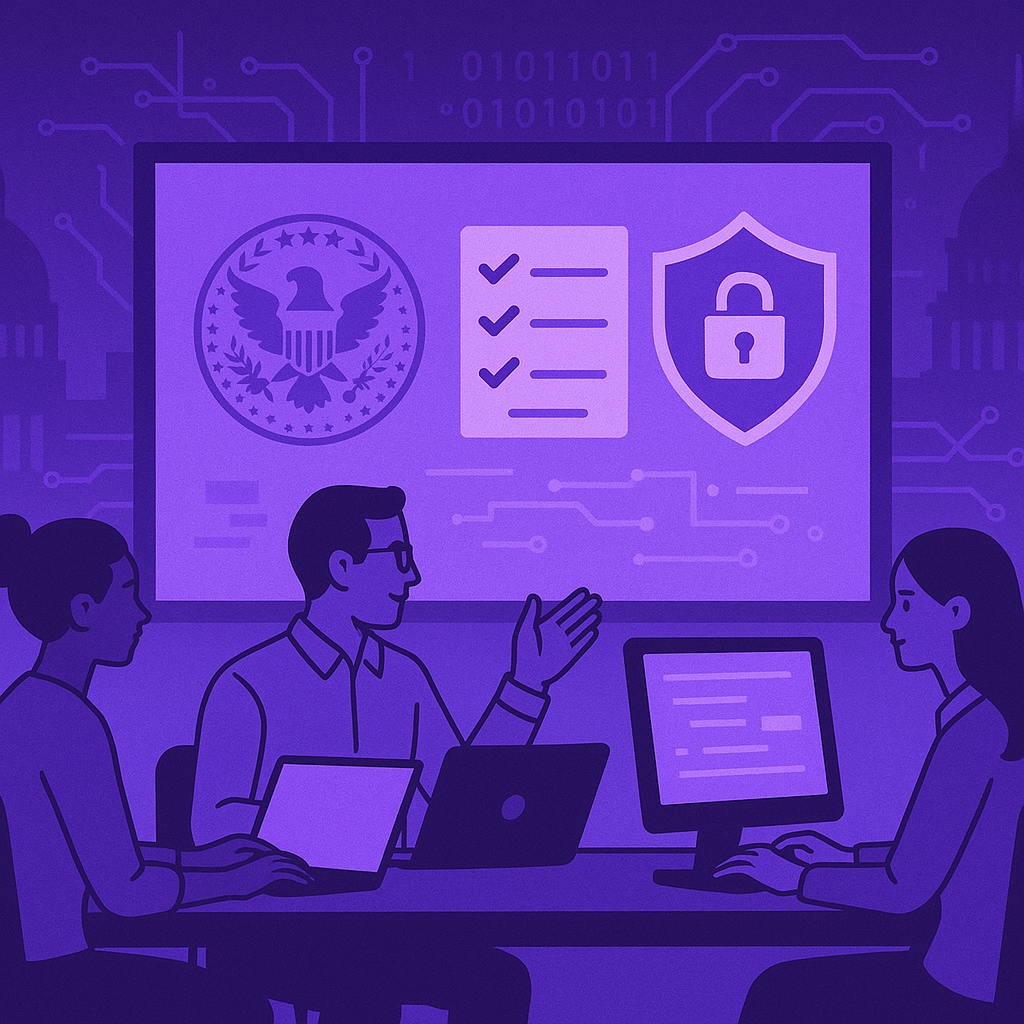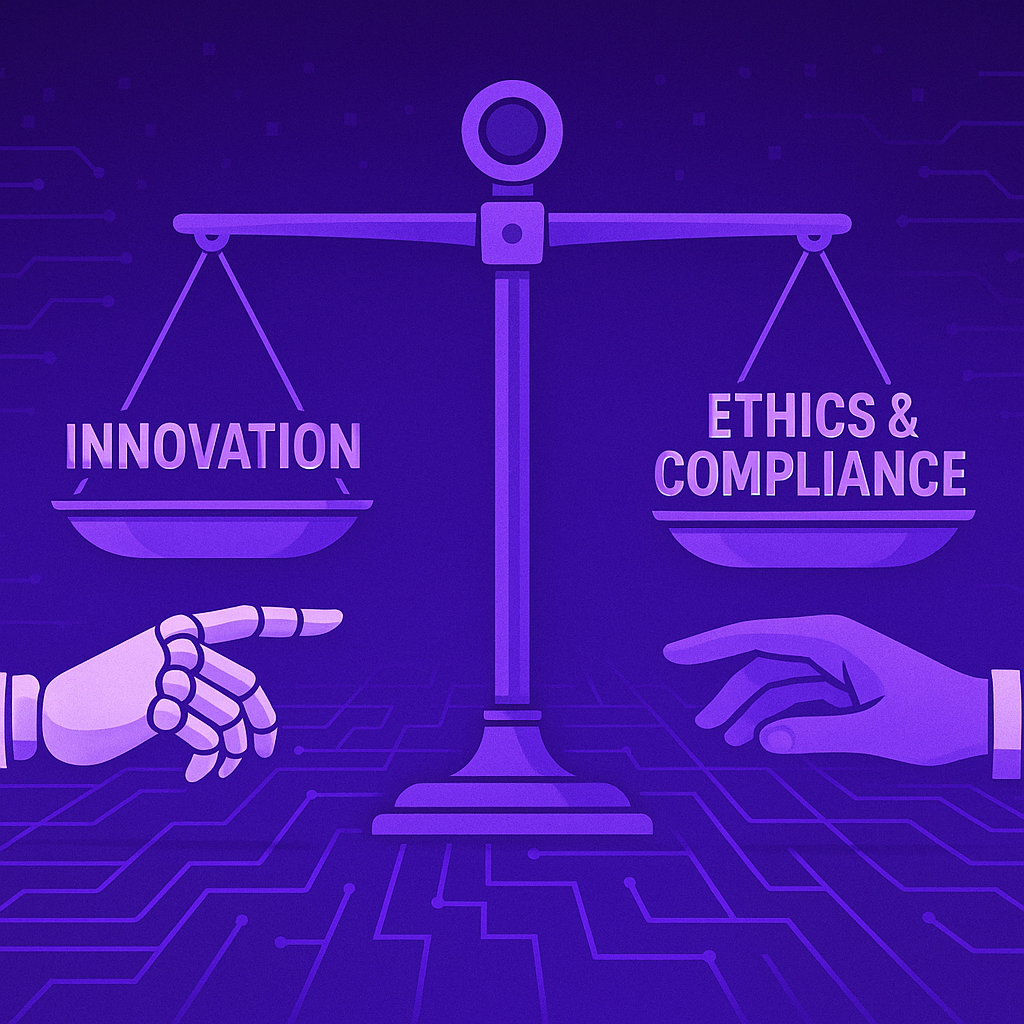Let’s be real: “compliance” isn’t exactly the flashiest word in tech. It doesn’t get the same buzz as “AI,” “scale,” or “disruption.” But if your startup is building tech that serves the government—or plans to—it’s one of the smartest things you can invest in early.
Selling to public sector agencies is a massive opportunity. The contracts are huge. The customers are sticky. And the impact? It’s real. But there’s a catch: the bar for security, trust, and compliance is way higher than in the private sector.
If you want to win government business, you need to look buttoned-up from the start. Here’s why that matters—and how to get there without slowing down your growth.
The Unique Compliance Challenges of Selling to the Government
Government buyers don’t move fast—but when they do move, they expect vendors to have their ducks in a row. That means your infrastructure, data practices, and security controls need to meet specific standards—long before a deal is even on the table.
Let’s break it down a bit:
- FedRAMP, StateRAMP, and other government frameworks are required for many cloud-based solutions. If your app touches sensitive data or operates in the cloud, you’ll need to meet strict controls around encryption, access, and monitoring.
- ITAR, CJIS, and other industry-specific rules might apply depending on who you’re working with. It’s not just about how you handle data—it’s about who on your team has access to it and where that data is physically stored.
- And then there’s contractor vetting. Background checks, cleared personnel, policies for incident response—it all becomes part of the conversation.
Here’s the truth: if you’re not thinking about this stuff until you’re in procurement talks, you’re already behind.
Compliance as a Growth Enabler, Not a Bottleneck
Let’s flip the script for a second. What if compliance wasn’t just something you had to “deal with,” but something that actually helped your startup grow?
Because here’s what happens when you invest in strong compliance practices early:
- You open doors to larger contracts—and repeat business.
- You build trust with risk-averse customers who need assurance.
- You avoid the last-minute panic when a potential deal requires documentation you don’t have.
- You create a culture of security and accountability that scales with you.
Government clients aren’t the only ones who care, either. Enterprises love a vendor that already meets government standards—it signals maturity and reliability.
And here’s a secret: once you have one agency using your product, others are more likely to follow. Nobody wants to be the first adopter in the public sector. But if you’re already vetted? You’re golden.
The Best Security & Compliance Frameworks to Start With
You don’t need to boil the ocean on Day One, but there are a few frameworks worth getting familiar with early:
- NIST 800-53: A gold standard in government cybersecurity, especially if you’re handling sensitive data. It’s a little dense, but even partial implementation shows you’re serious.
- FedRAMP (Low or Moderate baseline): Required for cloud solutions that support federal agencies. If you’re SaaS, start mapping to FedRAMP controls sooner than later—it’s a long game.
- SOC 2 Type II: While not government-specific, this is often a great baseline for building a secure, auditable environment. It’s increasingly expected by both enterprise and public-sector buyers.
- CMMC (Cybersecurity Maturity Model Certification): If you’re in or adjacent to defense contracts, this will matter. CMMC helps ensure you’re protecting Controlled Unclassified Information (CUI).
The goal here isn’t to do it all at once. Start where it makes sense, track your progress, and document everything. Compliance isn’t just about being secure—it’s about proving it.
Quick Wins That Make a Big Difference
You don’t need a dedicated compliance team to start making moves. Here are a few low-lift, high-impact things you can do now:
- Create a basic incident response plan—even a one-pager is better than nothing.
- Implement role-based access controls for sensitive data and admin functions.
- Use encryption everywhere—at rest, in transit, and (if possible) during processing.
- Train your team on security hygiene. A 20-minute internal session goes a long way.
- Start a compliance documentation folder—record what you’re doing, when, and why.
It’s not about being perfect. It’s about showing that you care—and that you’re thinking like a trustworthy vendor from the start.
Don’t Let Compliance Be the Dealbreaker
You’ve already got enough to juggle—fundraising, hiring, building, shipping. So yeah, compliance can feel like a distraction. But here’s the thing: it can also be your unfair advantage.
Because when the RFP comes through and your competitors are scrambling to retrofit their systems for compliance… you’ll already be ready. You’ll be the obvious choice. And you won’t have to scramble, stall, or fake your way through a security review.
Let’s Make Sure You’re Ready
If you’re building for the public sector—or even thinking about it down the line—let’s talk. We’ll help you figure out what frameworks apply to you, where you stand, and how to get compliant without slowing down your roadmap.
Contact us for a quick chat or an audit readiness checklist. It’s a lot easier than you think.





